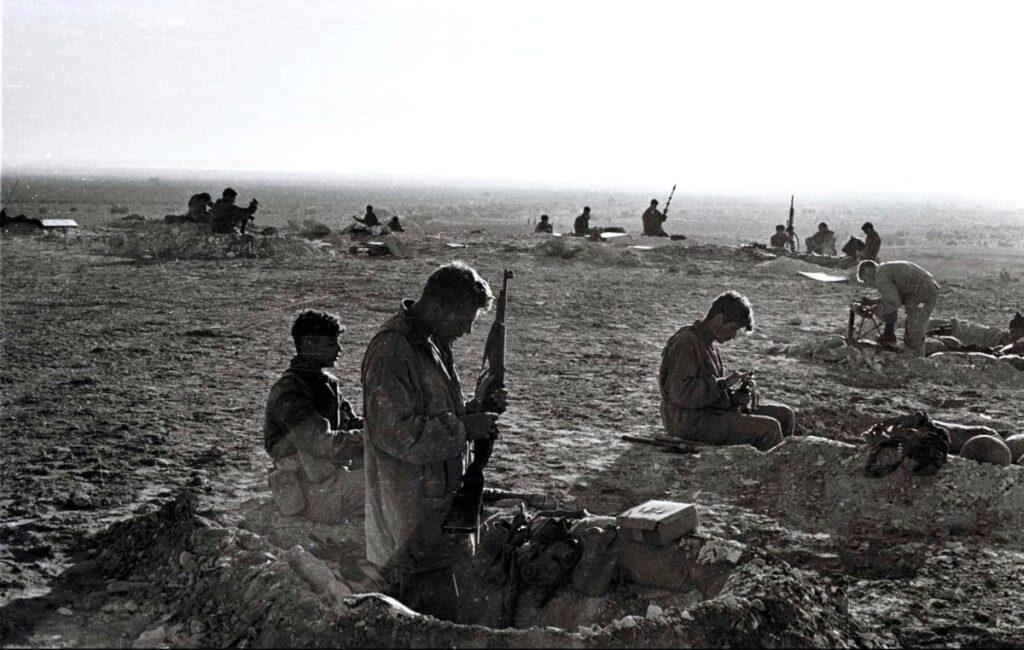The Suez Canal Crisis: July 26, 1956
Introduction
One of the most significant international events that began on the 26th of July is the Suez Canal Crisis of 1956. This was an episode of political and military tension in Egypt that often overshadowed the political landscape of the Middle East and concluded with lasting geopolitical consequences.
Background
The Suez Canal, a man-made waterway connecting the Mediterranean Sea to the Red Sea, was completed by French and Egyptian cooperation in 1869. It quickly became an important international navigation route, particularly for European colonial powers having interests in Asia. It was controlled by the Suez Canal Company, which was owned significantly by British and French shareholders.
In 1952, a group of Egyptian army officers, known as the ‘Free Officers’, led a revolution to overthrow King Farouk of Egypt, allowing Gamal Abdel Nasser to seize control of the country. As Egypt’s second president, Nasser sought to nationalise the Suez Canal to finance the construction of the Aswan High Dam, after withdrawal of funds by Western countries, and bring an end to foreign interference in Egypt’s affairs.

The Crisis Begins
On July 26, 1956, President Nasser announced the nationalisation of the Suez Canal Company. He vowed that the tolls from the ships passing through the canal would be used to fund Egypt’s ambitious Aswan Dam project. This declaration sparked the Suez Canal Crisis.
Significance
The Suez Canal Crisis significantly shaped the direction of the 20th-century geopolitical landscape. The crisis highlighted the declining power of the old European colonial powers viz Britain and France. It also exposed the tense Cold War allegiances, with the US and USSR unexpectedly siding together against the invasion. Lastly, the crisis boosted Nasser’s standing in the Arab world, turning him into a champion of Arab nationalism.
Interesting Facts for Kids
1. The Suez Canal is one of the world’s most essential waterways, allowing ships to travel between Europe and South Asia without navigating around Africa.
2. Before nationalisation, the Suez Canal was owned and operated by a French and British company.
3. President Nasser’s nationalisation of the Suez Canal on July 26, 1956, became a significant event in history because it was a brave move against powerful foreign countries right in the heart of the Cold War era!
Educational Activities for Kids
1. Map Activity: Draw the Suez Canal on a world map, highlighting the continents and countries it connects. This would show the strategic importance of the canal.
2. Discussion: Talk about the concepts of nationalism and sovereignty as represented in this historical event.
3. Role Play: Enact a debate reflecting the perspectives of Egypt, Britain, France, the US and the USSR during the crisis, providing a deeper understanding of the event’s complexity.
Conclusion
The Suez Canal Crisis was more than a brief military conflict; it represented a significant shift in global power structures, with decolonisation and pride of new independent nations coming to the forefront, marking a key event in global history that began on the 26th of July 1956.
References
1. Kyle, K. (2003). Suez: Britain’s End of Empire in the Middle East. I.B Tauris.
2. Neff, D. (1992). Warriors at Suez: Eisenhower takes America into the Middle East in 1956.
3. Fawcett, L.S.E. (2005). The Suez Crisis and the Middle East. Journal of Contemporary History.







What do you think?
Show comments / Leave a comment